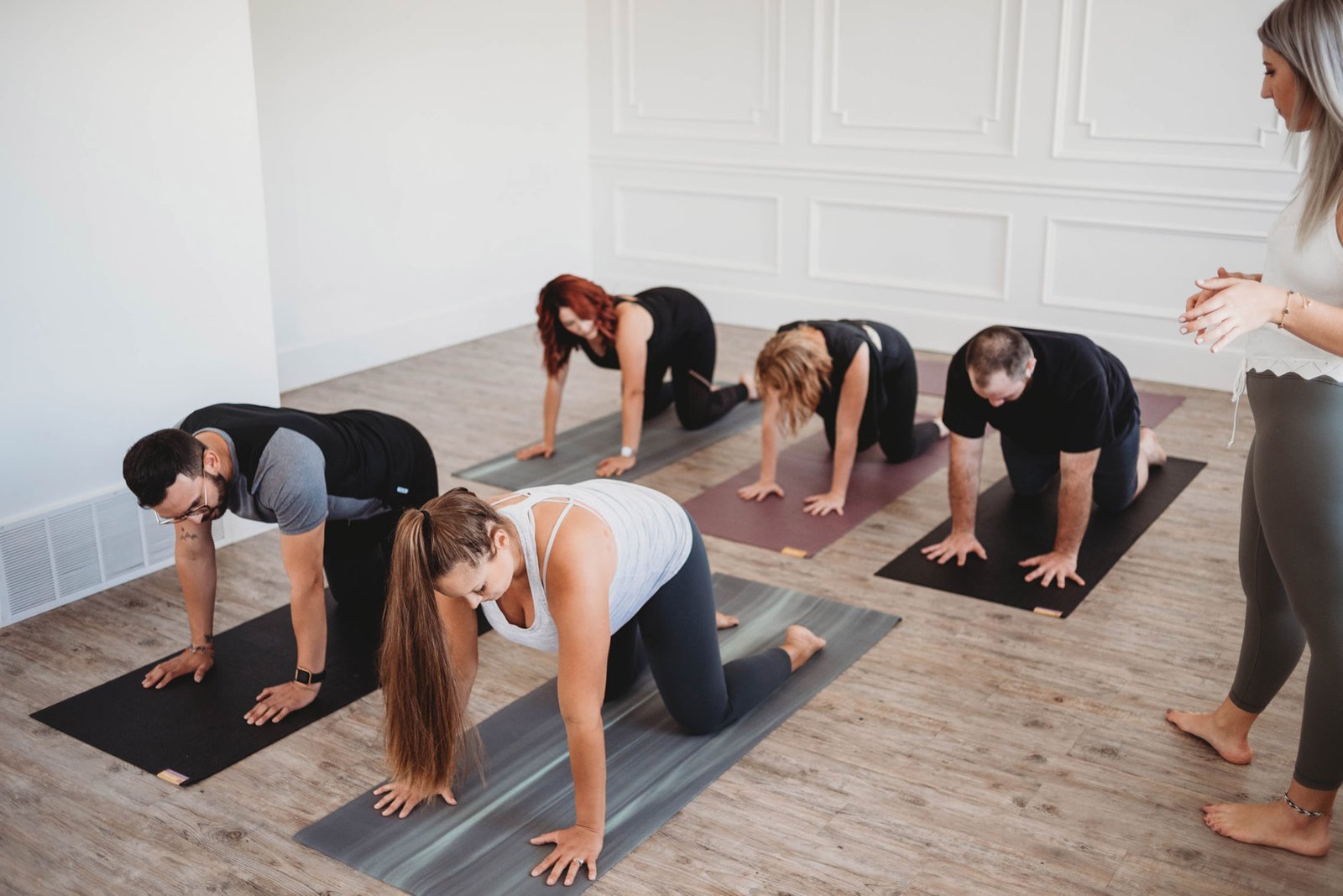This entry was published on September 29, 2025 by Charlotte Bell.

As yoga teachers, we are faced with different types of learners in each class we teach. Some people are visual learners. Pose demonstration click for this group. Others respond to manual adjustments. (There are also a large number of people who prefer not to be adjusted manually, especially without authorization. But it is another article.) Others are still verbal learners. For this group, we use yoga signals.
Last year, I published a blog on how to simplify your clues to give students a silent time also to allow them to connect to the current experience of each Asana. Today, I would like to listen to the language a little more.
Why change your yoga signals?
I was lucky to have many long -term yoga students. Recently, a student who has been following my lessons for 30 years told me that I had said something in the class that completely transformed her practice. I was shocked and happy. The signal was something that I said countless times before. (You already have to hear yourself to give the same yoga clues? I do it!) Whatever, in this recent case, I changed the label a little, and at that time, my student understood something that she had never obtained before.
Our students vary not only in their responses to visual and verbal learning. They also vary in their response to different words. Changing your language could even give your most loyal students a new way of living their practice.
As a writer, I constantly strive to use more descriptive and less generic words – without becoming too flowery. It is more difficult to do on the fly, when I teach a course. But it’s doable. Here are some ways to explore the expansion of your yoga vocabulary.
Some suggestions
- The best way to rephrase your yoga signals is to think about what you are about to say in advance. You might be able to do it on the fly, especially if you teach a slower and not lively class of type. Before you find yourself about to speak your case of proven yoga, stop for a moment. Is there another way of transmitting what you are about to say? Maybe the signal you’ve always used is really the best way to get your point of view. But that cannot hurt to try another wording.
- If it’s easier, you can explore the modification of your indices when you do not teach. Make a list of your most common yoga signals. Most likely, your favorite wording will first come to mind. Write it. Then think about how you could say it differently.
- It can be really instructive to record a few lessons. Then listen to how you communicate your yoga signals. Can you find creative ways to transmit the concepts you want to share, without losing clarity?
I find that creative formulation is a great way to make my teaching. It helps me not only reach more students, but it also maintains my own fresh teaching. The teaching of yoga is a constantly evolving process. Changing your yoga signals can help you evolve as a teacher.
About Charlotte Bell
Charlotte Bell discovered yoga in 1982 and started teaching in 1986. Charlotte is the author of Mindful Yoga, Mindful Life: A Guide for Everyding Practice and Yoga for Meditators, both published by Rodmell Press. His third book is entitled Hip-Healthy Asana: The Yoga Pratitioner’s Guide to Protect of the Hips and Avoid Si Joint Pain (Shambhala Publications). She writes a monthly chronicle for Catalyst Magazine and is online Yoga U publisher. Charlotte is a founding member of the board of directors of Greentree Yoga, a non -profit organization that brings yoga to poorly served populations. Musician for life, Charlotte plays an oboe and an English horn in the Salt Lake Symphony and the Sextuant Folk Red rock Rondo, whose DVD won two Emmy Awards.

**mindvault**
mindvault is a premium cognitive support formula created for adults 45+. It’s thoughtfully designed to help maintain clear thinking
5pym7k
**breathe**
breathe is a plant-powered tincture crafted to promote lung performance and enhance your breathing quality.